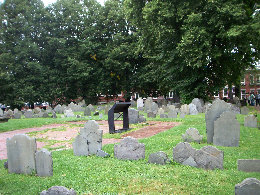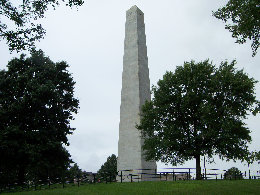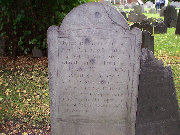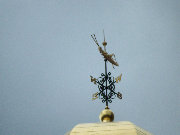Freedom Trail





Built in 1713, The Old State House was the center of political life in colonial Boston. This style of building is called Georgian architecture & is characterized by symmetry, proportion & balance. It is called Georgian in honor of four British monarchs from the House of Hanover who reigned from 1714 to 1830 & were all named George. On July 18th 1776 the citizenry gathered in the street to hear the constitution read for the first time from its balcony on the other side.
Faneuil Hall has been a marketplace & meeting hall since 1742. It's another example of Georgian architecture popular during that time. Also known as the Cradle of Liberty, it was the site of many speeches by Samuel Adams, James Otis & others. It was funded by local merchant Peter Faneuil & was later expanded by Charles Bofinch. The weathervane on the top is a grasshopper. During the Revolutionary War suspected spies were asked, "What sits atop Faneuil Hall?" If they answered "a grasshopper" they were let go, if not, they were held for further interrogation.
Founded in 1659, Copp's Hill Burying Ground is the second oldest in Boston. It contains the remains of several notable Bostonians including Daniel Malcolm who the British hated for smuggling wine into Boston. So much so that, while camped here, they singled out his head stone for target practice.
Built in 1680, Paul Revere's house is downtown Boston's oldest building. Revere bought the building in 1770 & it was from here that he departed on April 18th 1775 to embark on his legendary ride.
The final stop on the Freedom Trail is the Bunker Hill Monument. On June 13, 1775 the colonial leaders beseiging Boston learned that the British planned to occupy the surrounding hills giving them a tactical advantage. Colonials under the command of William Prescott occupied Breed's Hill & Bunker Hill ahead of the British & built a redoubt on Breed's Hill & other fortifications along the Charleston penninsula. It took three assaults for the British to finally take the positions. It was a pyrrhic victory for the British because over 800 British soldiers were wounded & 226 killed. The colonists were able to escape & regroup suffering only a few casualties.


Click image to enlarge






